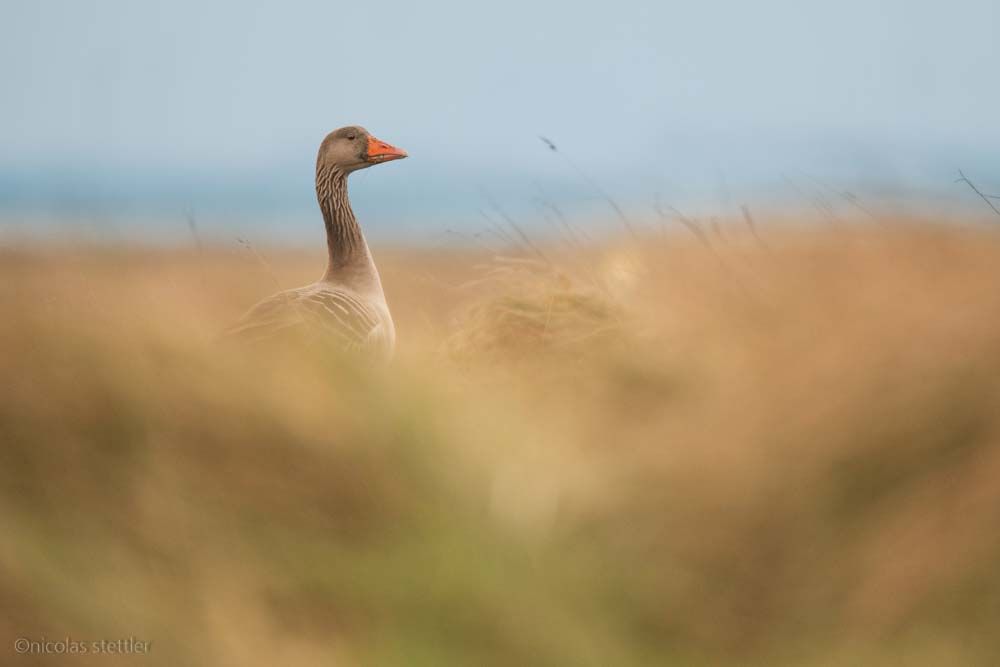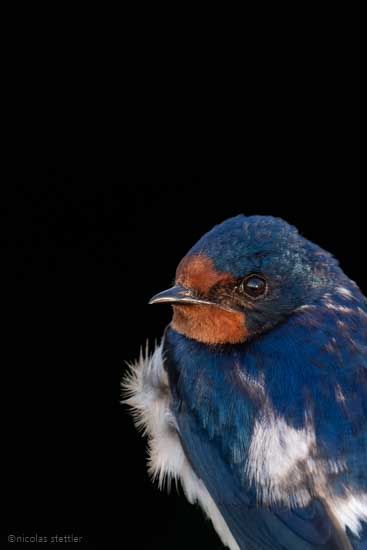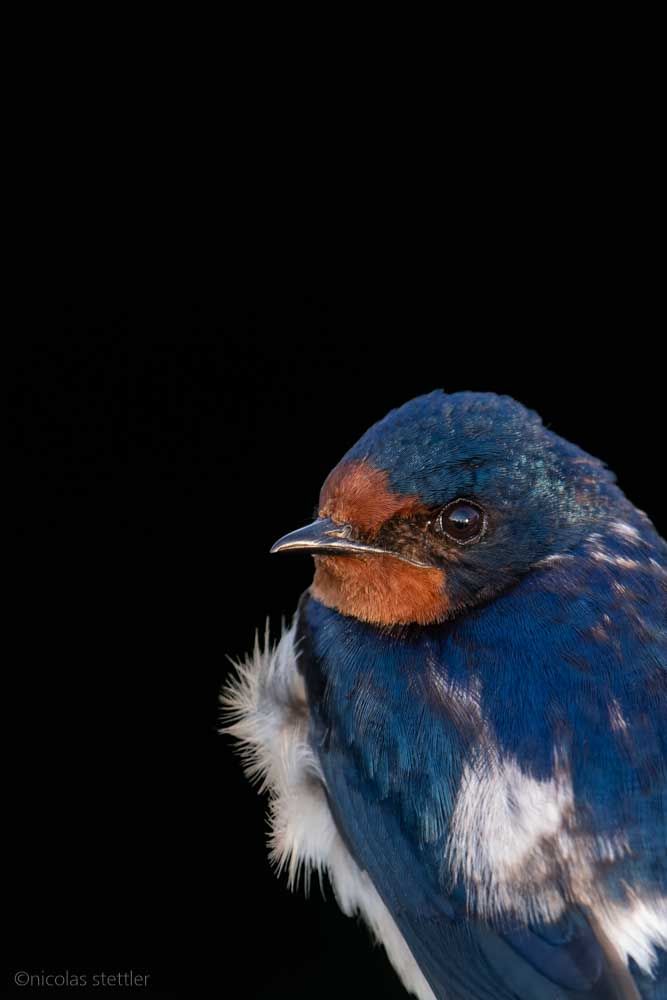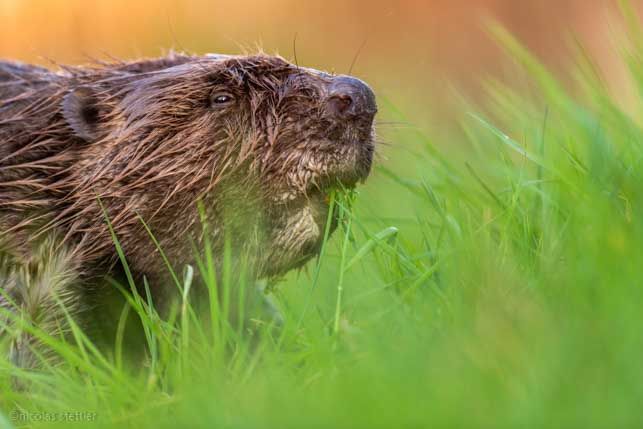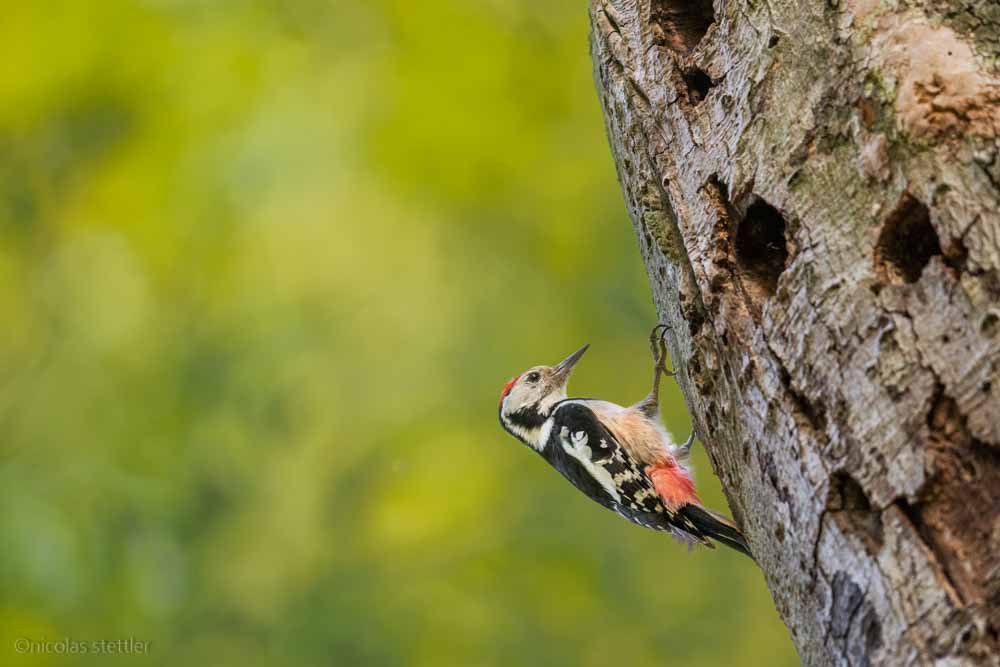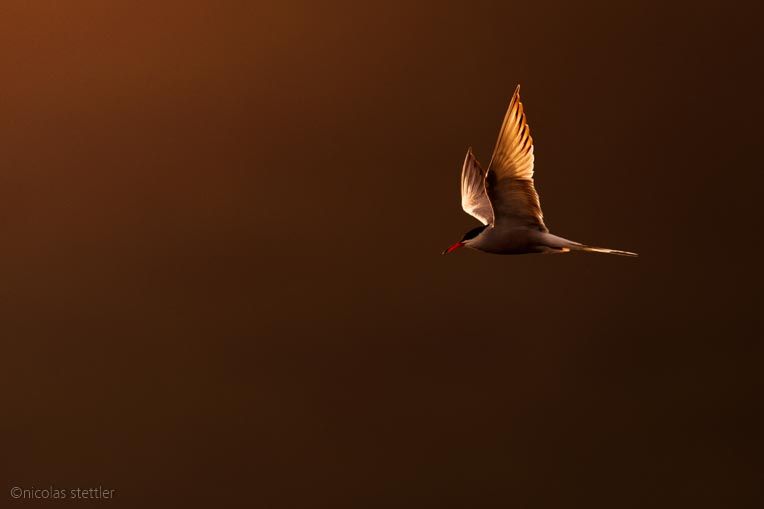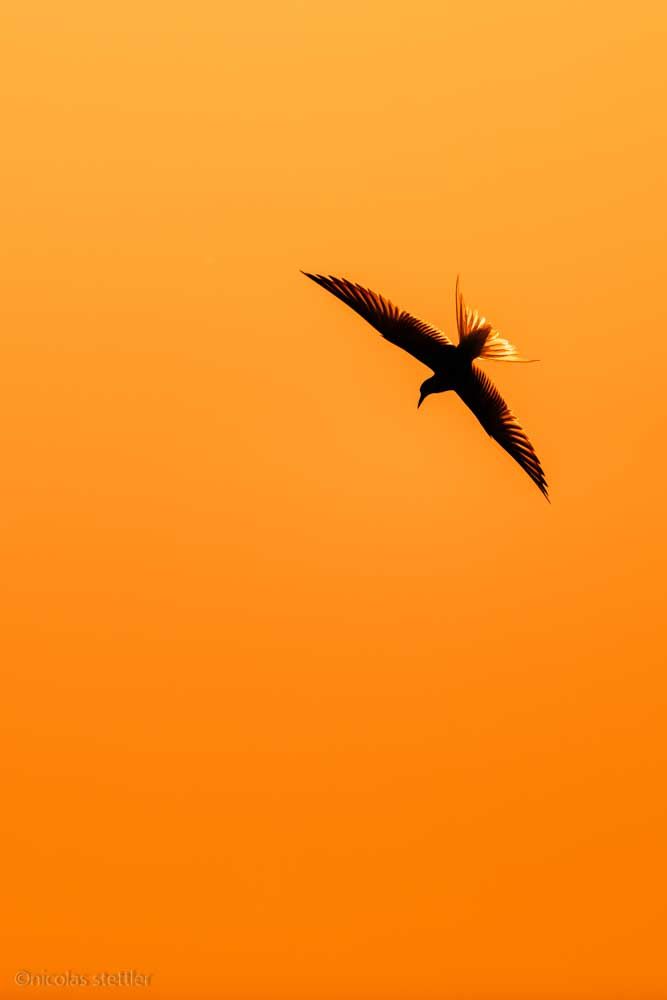Half-year summary 2020-1
In the meantime, summer has arrived in Switzerland too. The birds are busy raising their young and in the woods and meadows it has become a little quieter. I am using the quieter time to review this first half of this very unusual year.
Winter
In the winter holidays I had finally managed to go to the bearded vultures in the Alps. Despite the low temperatures, I waited all day on a mountain ridge. The bearded vulture appeared three times on this day. Seemingly without effort it circled over the valley until it suddenly passed me just a few meters from the ridge. More about this incredible experience can be found in an older article.
As in the year before, I spent a lot of time with the overwintering water birds. Even though many of the duck species are quite shy, I was quite lucky this winter and was able to photograph some of the birds quite well.

For example, in January I went to look for the teals. I had finally found a location where I could photograph the smallest duck in Europe from a good distance. I have already written a short article about this trip to the common teals.

Another highlight was a troop of red-crested pochards, which I was able to photograph one morning in the thick fog. I have already written an article about the photos of the red-crested pochards.

Since I never had much luck with the common merganser last year, I've had much more luck this year. Especially on one morning I could take a lot of photos of one male. The sun was already shining on the reed in the background, which gave the background a golden tone.

I got the same effect with a photo of a tufted duck. This one spent the winter in the harbour together with hundreds of other tufted ducks. However, this one was much less shy and searched for food near the shore. That morning the mountains in the background were already illuminated by the sun. But because the trees did not have any leaves yet, the background got an orange-golden hue.
During the sports holidays I was on Langeoog in the Wadden Sea for 6 days. Despite the stormy weather conditions, I was able to take some good pictures of sanderlings, barnacle geese and Co. In the article Langeoog: Bird photography in winter you can learn more about the beautiful island and its animal inhabitants.
Another highlight was an encounter with a cormorant. It was perched on a post in the harbour area. The light conditions allowed me to realize a so-called low-key image. I have already written an article about the photo in which I explain how I took the photo of the cormorant in more detail.
Besides the great crested grebes, I was also able to take photos of little grebes, grebes, red-crested pochards and pochards at this place. I have never been able to get the little grebe in particular in front of the lens. But thanks to the Floating Hide, the little grebe came within a few meters of me.
In May I bought a new lens. With the 500 mm f/4 from Nikon I replaced my Sigma 150-600 which I had used intensively so far. Already on the first evening I could take my first good photo with the new lens. A hunting harrier offered the opportunity to test the AF of the lens. Just recently I wrote a test report about the 500mm f/4. Here is my opinion about the new lens.

With the beginning of spring it got more and more exciting in the forest and so I spent some mornings in a nearby forest. Among other things I could watch a pair of chiffchaffs building their nest. Furthermore, I could also take pictures of a green woodpecker, some wrens and other inhabitants of the forest.
As every year, the blooming of the canola was also the time of the whinchat. They hunted for insects in the canola fields. After I couldn't take a photo last year that I was really satisfied with, this year I got something a bit better.
Besides many other bird species, it has always been a big goal of mine to finally get the wren in front of the lens. In spring it had actually worked multiple times. Twice I was able to watch a male building its nest. They always went to the same places to collect nesting material, so I set up there and waited until they came back.
After I had already been able to take pictures of red-crested pochards at a certain section of the river last year, this year I could find the colourful ducks there again. Since they showed practically no fear, I was able to photograph them quite easily. Sometimes they even came so close that I could not even focus with my lens.
In a nearby harbour some swallows breed every year. Unfortunately, the swallows all breed under the pontoons, which is why I could not photograph them very well until now. However, at the beginning of the breeding season they often sit down on the ship ropes. Unfortunately, both the background and the perch were not very nice. But some of the portraits came out fine.
From about April I spent a lot of time with a beaver family again. For three years now I have been photographing the big rodents. This year I was able to photograph the beavers again. Only recently the offspring was born. They will probably stay in the den for a while before they will hopefully leave their den for the first time at the end of July.
Breeding time
I also spent a lot of time in the vineyards on the north shore of Lake Biel for my Matura thesis. In addition to the cirl bunting, the subject of my Matura thesis, I was also able to observe and photograph many other typical bird species in the vineyards. For example, I was able to photograph red-backed shrikes, linnets and even young wrynecks.
With the beginning of summer more and more young birds appeared in many places.

This little mallard was part of a family of 13 chicks. Therefore, it was very tight under the wings of mom.

At a small pond I was also able to take pictures of breeding water rails. But the young remained hidden deep in the reeds and only one of the adult animals showed up for a short time. But the short moment was enough to take a picture of this very shy bird.

This great crested grebe did not mind my presence and fell asleep shortly after taking this photo in front of me. However, due to the flow of the river, after some time, it was too close to focus, so closer than 3.6 m!

The first young coots could be observed very early this year. Some of them are now almost as big as their parents.
Besides the many young birds at the lakes and rivers I could finally take a picture of woodpeckers in their breeding cave. I could first take pictures of feeding middle spotted woodpeckers before I got young black woodpeckers in front of the lens.
After I had my difficulties with birds of prey, I was able to take some photos of these impressive birds this year. On the spring migration I could take pictures of some kestrels for example. Only recently I was able to take pictures of black and red kites during a close flyover.
In the Three-Lakes-Land common terns are breeding at different places. I could photograph these elegant birds on some days as well. I especially tried to photograph a common tern against the light of the setting sun. Although I still did not succeed in taking the exact photo I had in mind, I am already quite satisfied with the results.
Meanwhile it has become a bit quieter everywhere. Many of the young are almost independent. Many pairs have therefore already started with a second or even third brood. Many birds therefore behave rather inconspicuously and in many places, it is very quiet. Photo opportunities are becoming increasingly rare. This finally gives me some time to edit and organize the photos of the last months. It also gives me time to tackle other projects. Beside some photographic projects, which I have planned in the near future, there are also some other things which are only indirectly related to photography. For example, there should be a big load of bird portraits and blog articles coming up in the next weeks. Besides that, I am already planning some things for next year. So you can be excited in any case! To make sure you don't miss anything, I recommend you to subscribe to my newsletter. That way you'll be the first to know about my next projects and blog articles!









